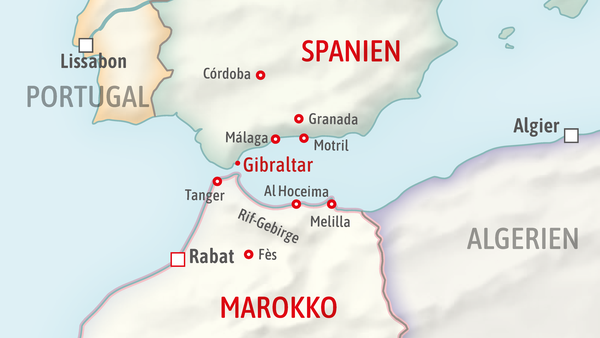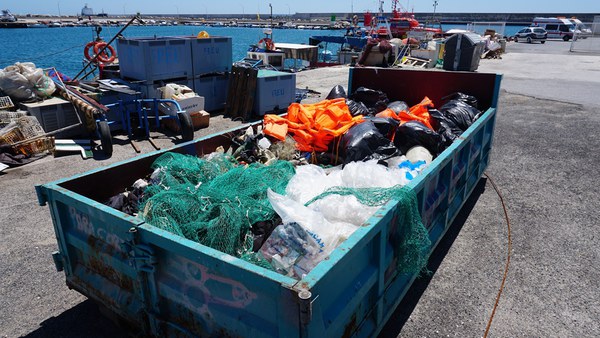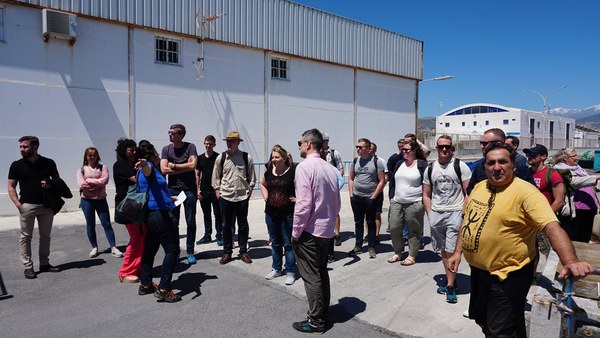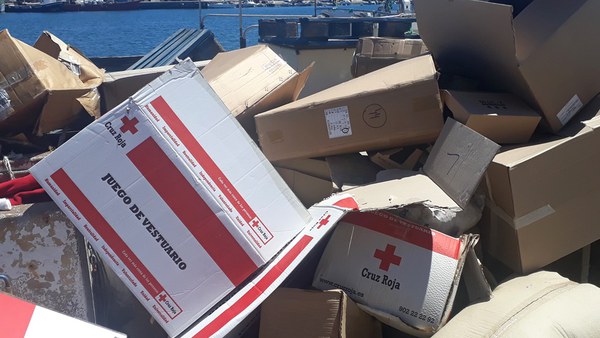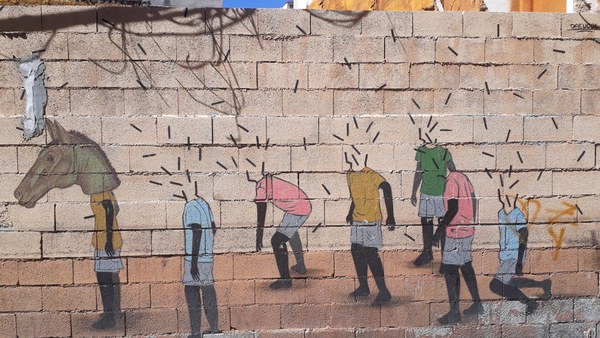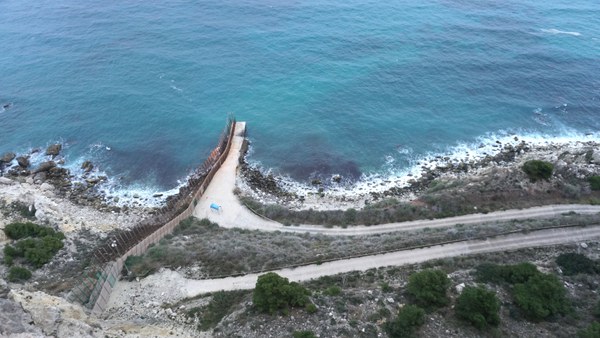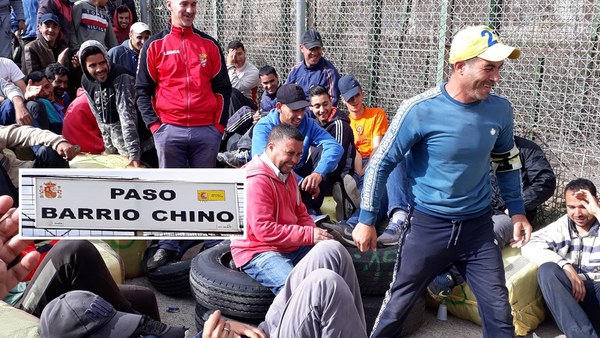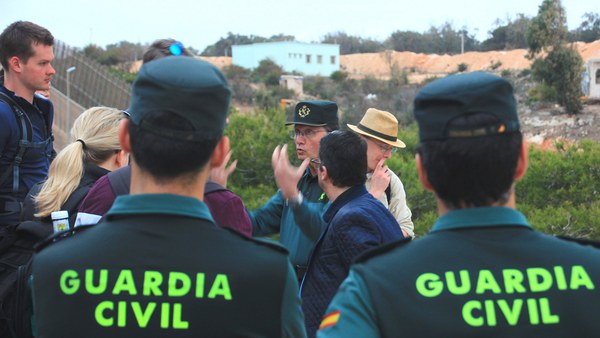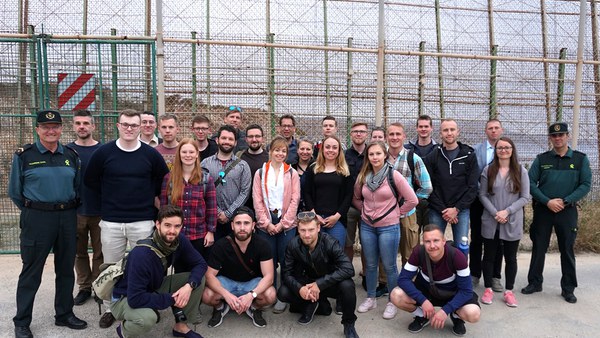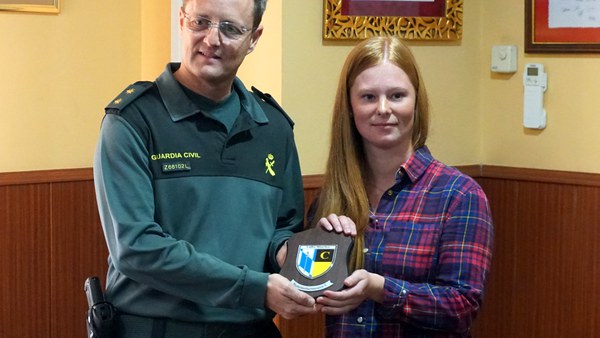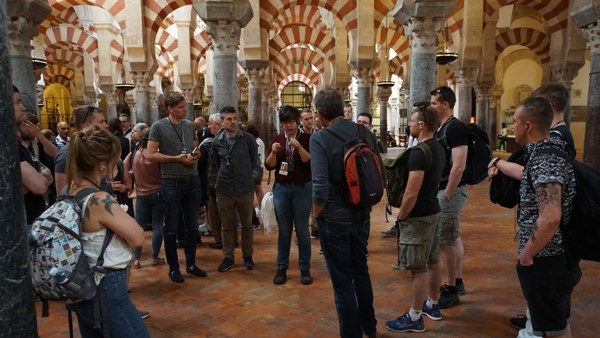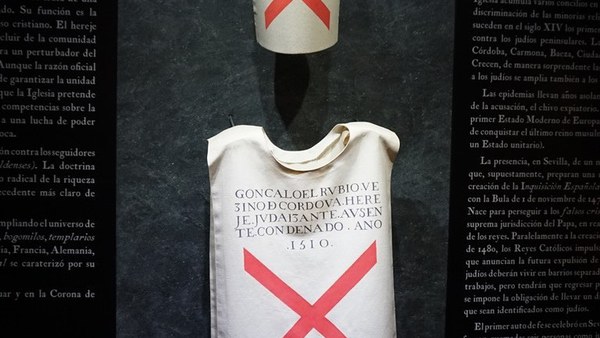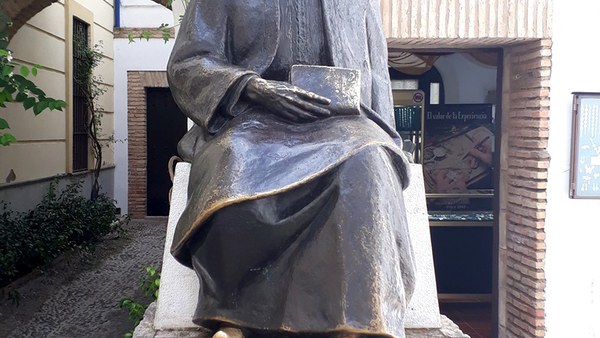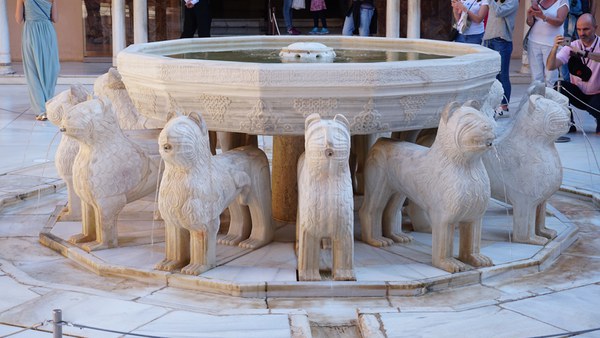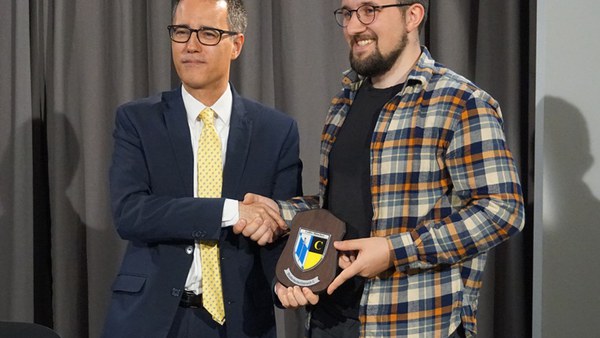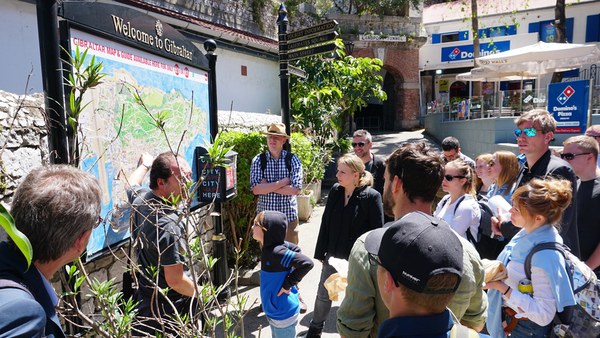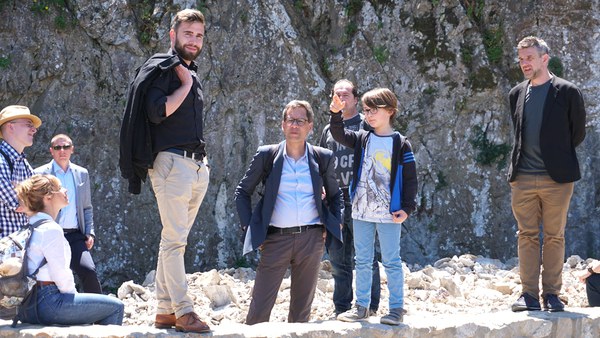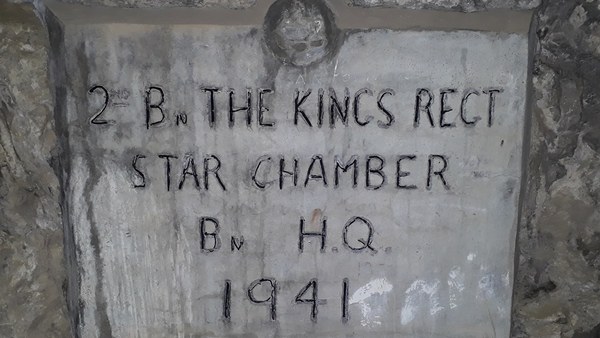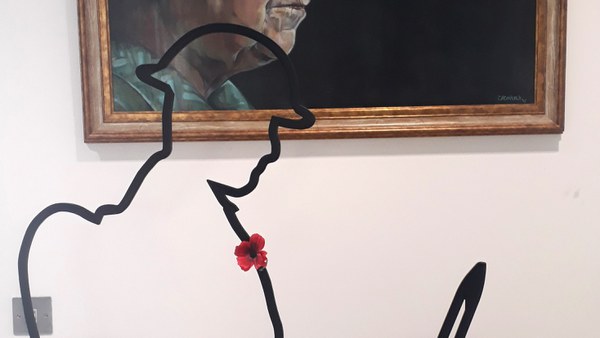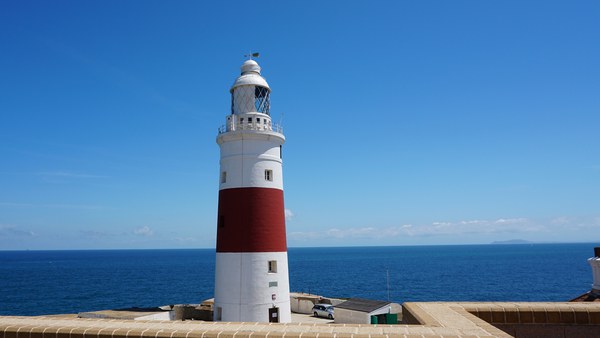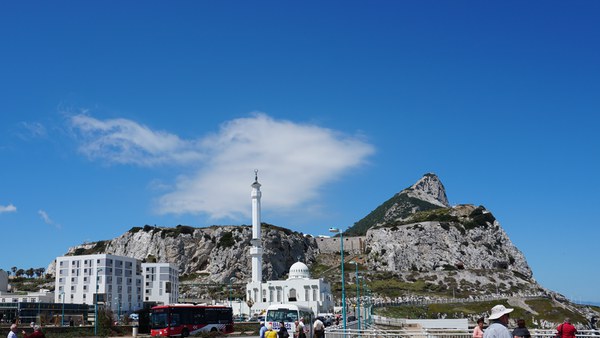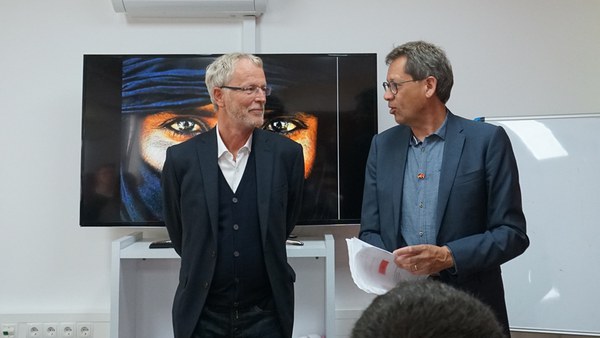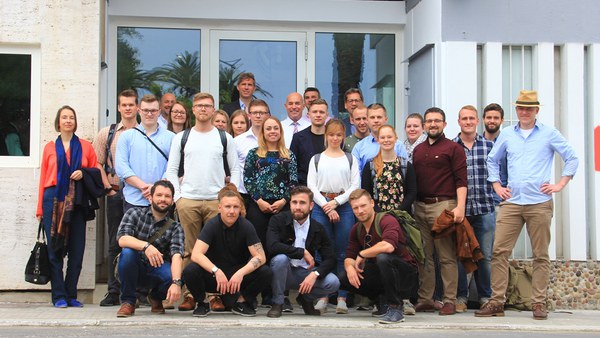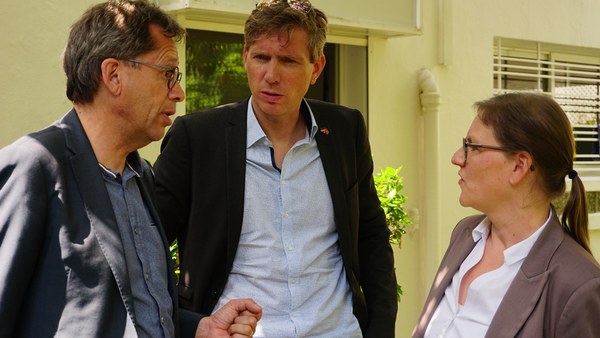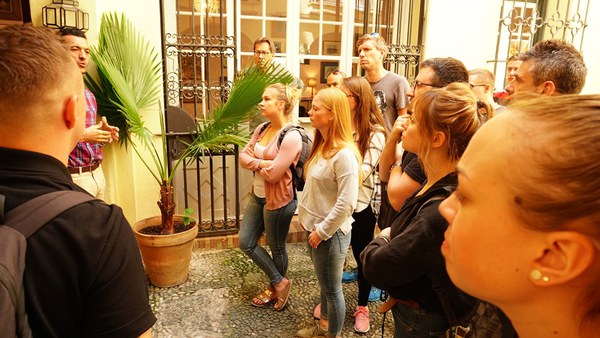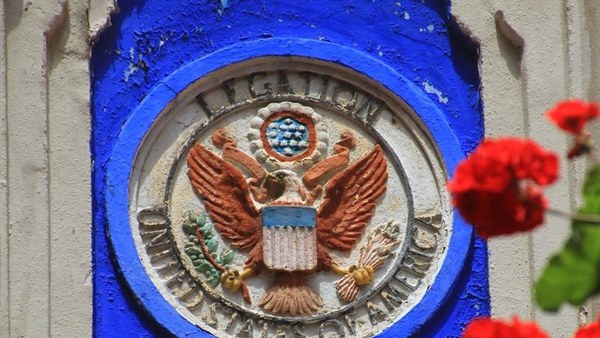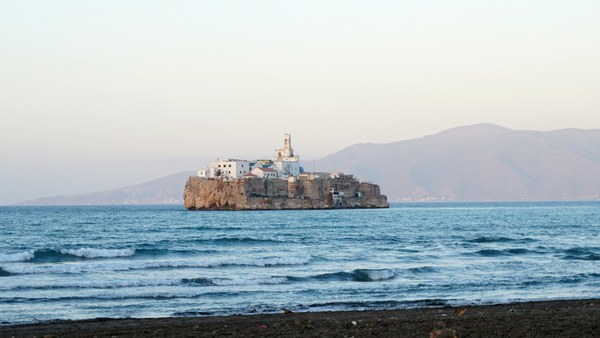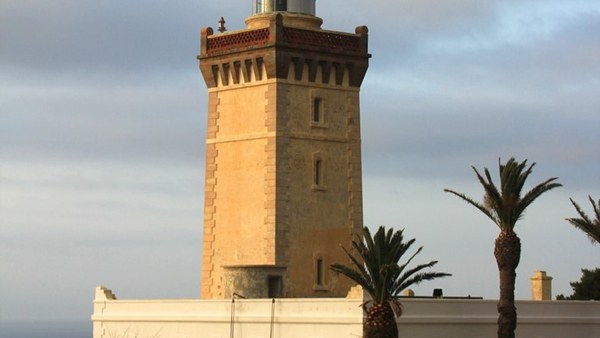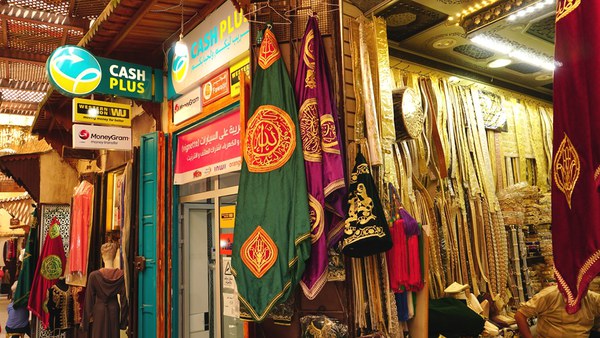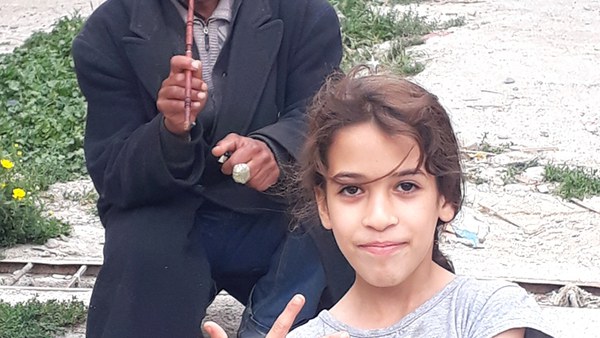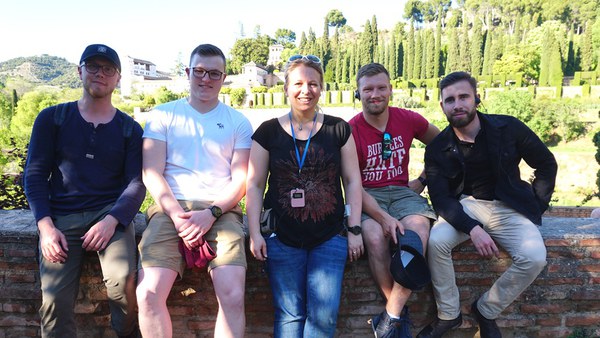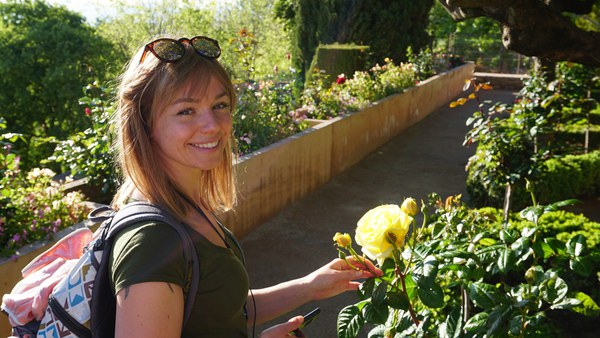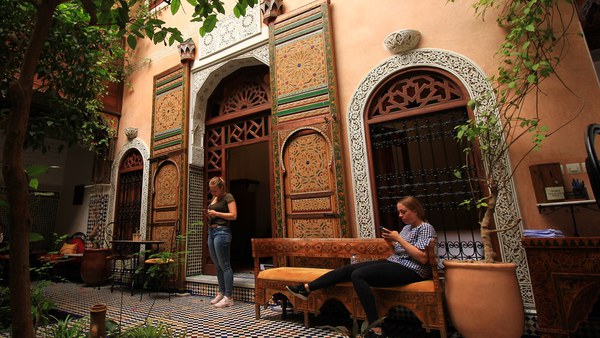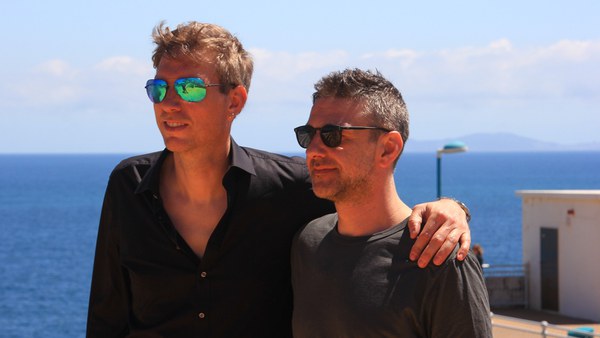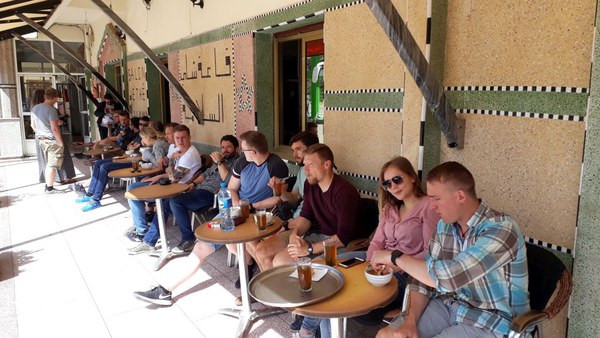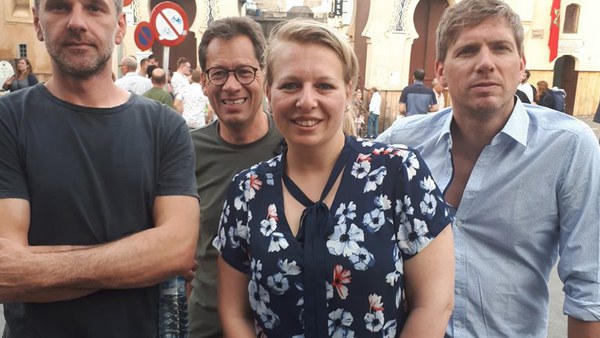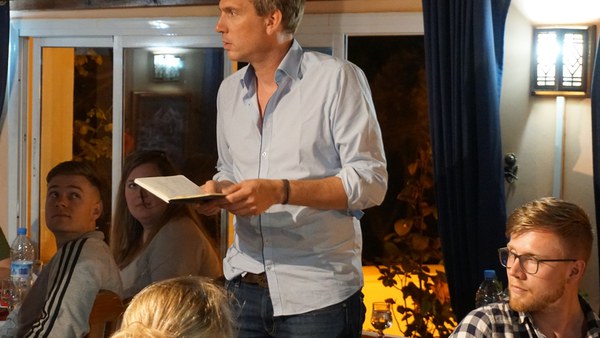| Program overview (German) | Press reviews and reports |
For some time, the (main) migration route between North Africa and the EU has run through the western Mediterranean region, where the Atlantic Ocean and the Mediterranean meet and Africa and Europe are closer than anywhere else. During this period, the human-rights and security situation has continually worsened – largely unbeknownst to the general public. The (frequently dashed) hopes of migrants for a better life, the humanitarian disaster, and the tragedy of individual fates all raise serious questions about human rights and ethics. Human trafficking, border security, and the increasingly tense security situation in general pose enormous challenges to security forces on both sides of the Strait of Gibraltar.
Participants experienced the breathtaking Moorish fortification of Granada (Alhambra) and the Mosque-Cathedral of Córdoba and learned about the increasingly complicated situation of Gibraltar as a result of Brexit, the conflict-laden Spanish enclaves in North Africa, cannabis cultivation and trade in northern Morocco, and the omnipresent problem of migration. They quickly realized that this region has been characterized by a dense and fertile network of cultural and political relations and by numerous lines of political conflict for thousands of years.
Whether at the offices of dedicated NGOs (non-governmental organizations), the port of Motril where refugees arrive, the British Crown Colony, the exclave of Melilla, or the communities in the Rif mountains that have been forgotten both socially and economically, the students and lecturers met impressive and knowledgeable people. These included a young refugee from sub-Saharan Africa who had a dismal but typical personal history, the Vice-Governor of the British Crown Colony, and a trade union leader from Morocco.
Borders do two things: they separate and they unite at the same time. By the time they left Tangier, where the group had visited the Old American Legation – the only “National Historic Landmark” outside the United States – which also impressively illustrated the manifold links between the Maghreb and the “Western world”, all participants of this informative academic research and study trip had learned an important lesson: namely that the myth-enshrouded Pillars of Heracles that dominate the entrance to the Mediterranean Sea are only conceivable as a pair.
